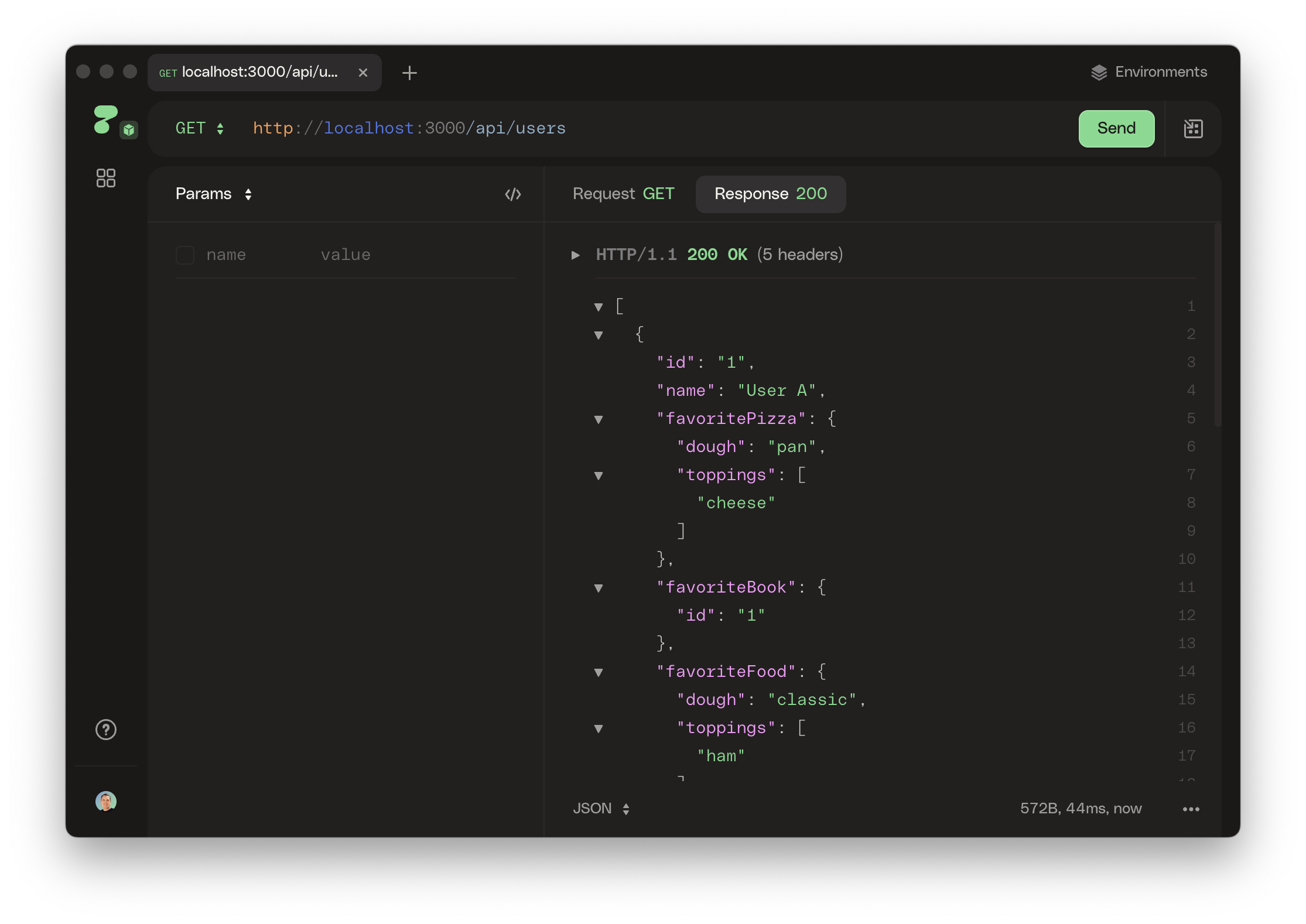If your business provides and API to your customers and partners (which it almost always should!) it is important to build your API in a way that helps developers be successful. While there are many elements to API design, this post will discuss the choice between GraphQL and REST. GraphQL is often an excellent choice for internal APIs but might not always be the right fit for customer-facing or partner APIs due to its complexity. This post will discuss some of the tradeoffs between GraphQL and REST as well as offer some ideas on how this doesn’t have to be an OR decision, but rather how you can relatively easily support both GraphQL and REST.
GraphQL: Powerful and Complex
GraphQL, a query language for APIs, was developed by Facebook in 2012 to address the limitations of traditional REST APIs. A GraphQL API can make your frontend more performant by allowing fine-grain queries that allow fetching exactly the data needed for your app. This makes a lot of sense for certain apps (especially super complex one’s like Facebook). Some additional benefits of GraphQL are:
- Flexibility: GraphQL allows clients to request the exact data they need, without over-fetching or under-fetching. This enables faster and more efficient communication between services.
- Strong Typing: GraphQL's type system enables API developers to define the types of data that can be requested, making it easier to maintain and debug applications.
- Schema Introspection: GraphQL provides built-in tools for exploring and understanding the API, making it easier for developers to work with and build upon.
Despite its numerous benefits, GraphQL's complexity can be a challenge when it comes to external APIs shared with customers or partners. Here's why:
- Steeper Learning Curve: GraphQL's query language and type system can be daunting for developers who are new to the technology. This can lead to increased onboarding time and difficulty when it comes to integrating with external systems.
- Security Concerns: GraphQL's flexibility can also lead to potential security issues, such as exposing sensitive data or allowing clients to perform costly operations that could impact server performance. This requires careful implementation of access controls and query validation.
- Resource Intensive: The flexibility of GraphQL means that queries can becoming extremely complex and taxing on your backend. For example, a request might end up requesting data from multiple tables in your database over a large timespan. You must be extremely careful when implementing your API to ensure customers are generating queries that tax your systems.
REST: A Simpler Choice for External APIs
Considering the challenges posed by GraphQL's complexity, REST is often a better choice for APIs shared with customers or partners. Here's why:
- Simplicity: REST is based on standard HTTP verbs (GET, POST, PUT, DELETE) and status codes, making it intuitive and easy to use for developers who are already familiar with HTTP.
- Compatibility: REST APIs can be easily consumed by various clients, including web browsers, mobile apps, and other servers, without the need for specialized libraries or tools.
- Caching: REST APIs support built-in HTTP caching mechanisms that are easy to implement and will improve performance and reduces server load.
- Mature Ecosystem: REST has been the dominant API design style for years, resulting in a mature ecosystem with extensive documentation, tooling, and libraries. Everybody developer, on any platform, with any language can use a REST API.
Making the Choice (or not)
So say you really want to use GraphQL (or maybe you already built a GraphQL API), but now you want to share your API with customers or partners. For the vast majority of scenarios, REST is a better choice for an external API. Developers will onboard faster, you will spend less time supporting your external API program - it’s just easier. Fortunately, you don’t have to choose. There a several great libraries out there that make it easy to proxy a REST API to a GraphQL backend.
One such library is called SOFA. This is a Javascript library that is compatible with Node, Deno, and standard fetch APIs. It doesn’t have a dependency on any specific framework so it can basically be plugged into any web server.
Building a REST to GraphQL Proxy
In this next section, we’ll explore how to build expose a GraphQL API with REST using SOFA and expressjs.
You can see the full source of this example on Github, but lets go through the important parts below. First, install create a new project and install the dependencies.
For this sample, we’ll use ESM modules so open your package.json and add the
property "type": "module".
Next, create a index.mjs (make sure to use mjs for ESM) file with a simple
express server. Add the sofa module to the /api route.
Next, add your schema. There are several ways to do this, but to keep it simple here it will just be a string. Create the file schema.mjs and add the schema. The full file can be found in the example.
Finally, create a mock resolver in resolver.mjs that just returns data from fixed collections. In a real app this would be your GraphQL resolver.
Run npm start in the project directory and query the server. Try navigating to https://localhost:3000/api/users or using your favorite API client to fetch the list of users.

Wrapping Up
While GraphQL is a powerful and flexible choice for building internal APIs, its complexity can make it less suitable for customer-facing or partner APIs. REST, with its simplicity and ease of use, is often a better choice for external APIs. Ultimately, the decision between GraphQL and REST should be based on your specific use case, the needs of your developers, and the requirements of your customers or partners. Or if you find yourself in a position of not wanting to choose, you can use a few great open source libraries to expose your existing GraphQL API to your external users as a REST API.